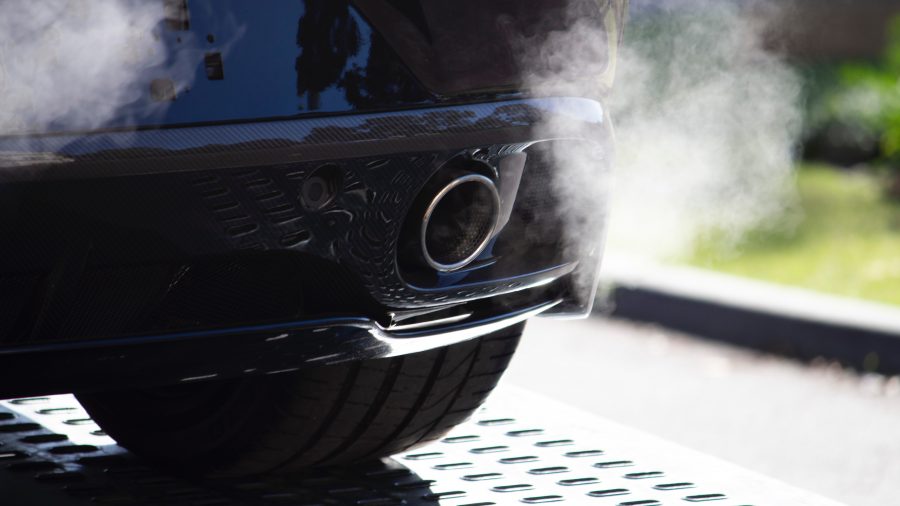Back in October 2016, we wondered whether Australians care about car emissions. Nearly 4 years later, there are still mixed messages about cutting emissions. Australia still has no emissions standards. Meanwhile, ridesharing, SUVs and hybrids are increasing emissions faster than electric vehicles can lower them.
Mixed messages
Unfortunately, the VW-Audi emissions scandal in 2015 has severely damaged trust in manufacturer claims. A third of respondents to a recent AAA survey say they are less trusting of manufacturer claims and most think the government should oversee independent emissions testing.
Australian Automobile Association (AAA) wants to see more realistic laboratory and real driving emissions testing. However, both AAA and Federal Chamber of Automotive Industries (FCAI) offer only conditional support for cutting vehicle emissions.
FCAI says doing so could “severely impact on the work, utility and lifestyle options of Australian consumers”. AAA says it supports an emissions standard “that’s reflective of Australians’ vehicle preferences and our market”.
Thanks to population growth and Australian preferences for larger vehicles, our fuel consumption is actually increasing. SUVs and utes made up seven of the Top 10 cars sold in May 2020.
SUVs use more energy
On average, SUVs use a quarter more energy than medium cars. The International Energy Agency says SUVs were the second largest contributor to increasing global CO2 emissions in the last 10 years. SUV emissions grew by nearly 0.55 Gt CO2 to 0.7 Gt CO2 in that time. Only the power sector makes a higher contribution.
Around the world, SUVs make up 40% of annual car sales, compared to under 20% a decade ago. If SUVs continue to sell at the same rate, they will add nearly 2 million barrels a day to oil demand by 2040. This will offset any savings made by 150 million electric cars.
The UK is traditionally known for small cars, but average vehicle emissions rose for the third year in a row during 2019. For every electric car bought in 2019, people bought 37 SUVs.
Ride sharing increases emissions
During an average 3 months, more than 20% of Australians use an Uber and 21% use a taxi. The same Roy Morgan study found a further 90,000 Australians used an Uber competitor during that time.
But ride sharing actually increases emissions, up to 50% more than private vehicles. This is because of two factors:
- deadheading – distance travelled while waiting for ride requests or travelling to collect a passenger
- ride share trips often replace public or active transport.
Ride sharing also tends to make traffic congestion worse, which increases idling and fuel consumption.
Consumer preferences
In Australia, preference for regular hybrids is still much higher than for electric vehicles. They are still essentially fossil fuelled vehicles. Consumer preference for regular or plug-in hybrids (PHEVs) is not helping fuel emissions very much.
One analysis found PHEVs were expected to emit 55g/km of CO2. They actually emitted three times more (168g/km), even more than the diesel average of 159g/km.
Finally, there seems to be no move here to mandate fuel efficiency standards, unlike 80% of the global light vehicle market. The federal government claimed it would address this in 2015, but has made no progress. Perhaps they see little demand for a standard.
Given all the mixed messages, it’s no surprise that emissions don’t seem to be top of mind.


your opinion matters: